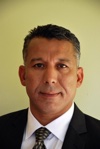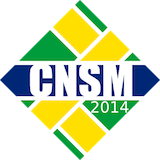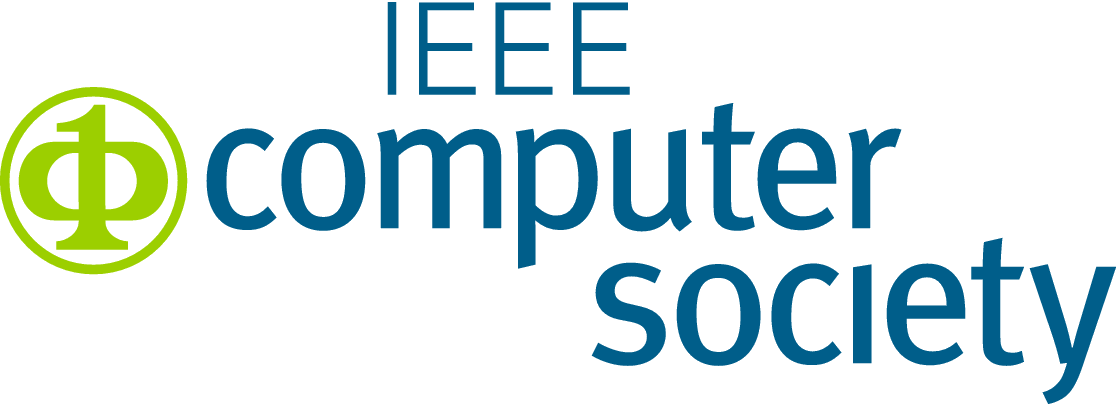CNSM 2014 Keynote Talks
Keynote 1:Smart Edge: A Software-Defined Infrastructure for Future Application Platforms 
Speaker: Prof. Raouf Boutaba, University of Waterloo, Canada
Date: 11/18/2014, 09:00-10:30 AM
Room: Angra dos Reis B + C - Second Floor
Abstract: Future application platforms are expected to support a wide range of innovative applications including ultra-low latency high bandwidth cloud-based applications, virtualized network functions, real-time video analytics, augmented reality, and the Internet of Things (IoT). The infrastructure on which future application platforms will be built must be flexible, versatile, and evolvable. In this talk, we describe a project underway in Canada (http://www.savinetwork.ca/) to build a research testbed for accelerated application prototyping, deployment and maintenance including large-scale and possibly short-lived distributed applications. The testbed empowers virtualized small-cell wireless access networks connected through optical backhaul to a multi-tier cloud that includes massive-scale datacenters as well as smart converged edges. We particularly discuss our contribution to this project focusing on the smart edge architecture, leveraging virtualization and network softwarization, and on the integrated control and management of its converged heterogeneous resources (computing, programmable hardware, and networking resources).

Bio: Raouf Boutaba (http://rboutaba.cs.uwaterloo.ca) received the M.Sc. and Ph.D. degrees in computer science from the University Pierre & Marie Curie, Paris, in 1990 and 1994, respectively. He is currently a professor of computer science at the University of Waterloo. His primary research interests are in network and service management. He has published extensively in these area and received several journal and conference Best Paper Awards including the IEEE 2008 Fred W. Ellersick Prize Paper Award. He received several other recognitions such as the Premier's Research Excellence Award, the Nortel Research Excellence Award, the Nortel Excellence Award in Technology Transfer, a fellowship of the Faculty of Mathematics, two fellowships of the David R. Cheriton School of Computer Science and three outstanding performance awards at the University of Waterloo. He has also received the IEEE Communications Society Hal Sobol Award and the IFIP Silver Core in 2007, the IEEE Communications Society Joe LociCero and the Dan Stokesbury awards in 2009, the IEEE Communications Society Salah Aidarous award in 2012, and the IEEE Canada McNaughton Gold Medal in 2014. He is the founding editor in chief of the IEEE Transactions on Network and Service Management (2007-2010) and on the editorial boards of several journals. He served as a distinguished lecturer for the IEEE Computer and Communications Societies. He is fellow of the IEEE and the Engineering Institute of Canada.
Keynote 2: The Software-Defined Building: A Machine for Living
Speaker: Prof. Randy H. Katz, UC Berkeley, USA
Date: 11/19/2014, 09:00-10:30 AM
Room: Angra dos Reis B + C - Second Floor
Abstract: The famous 20th Century architect Le Corbusier defined a building as "a machine for living." Many of us have experienced intense frustration and unhappiness with "the machines" in which we live and work. With the ever increasing embedding of information technology within the built environment, in the form of sensors, actuators, displays, cameras, network connectivity, and programmable controllers all potentially coupled to sophisticated building management systems, the ability for buildings to become aware of and respond to the needs and desires of their occupants is finally emerging. The hoped for result is more comfortable and productive occupants inside of buildings that are more efficient and sustainable in their operation. In this talk, we discuss the computer science research challenges in creating Software-Defined Buildings, an important category of cyber-physical system, and describe a project underway at Berkeley to develop new technologies and frameworks to make the vision of such buildings a reality (http://sdb.cs.berkeley.edu/sdb/).

Bio: Randy Howard Katz (http://bnrg.cs.berkeley.edu/~randy/) received his undergraduate degree from Cornell University (1976), and his M.S. (1978) and Ph.D. (1980) degrees from the University of California, Berkeley. After a year in industry and two years at the University of Wisconsin-Madison, he joined the Berkeley faculty in 1983. Since 1996 he has been the United Microelectronics Corporation Distinguished Professor in Electrical Engineering and Computer Science. He is a Fellow of the ACM, the IEEE, and the American Association for the Advancement of Science, and a member of the National Academy of Engineering and the American Academy of Arts and Sciences. In 2007, he received an honorary doctorate from the University of Helsinki, and in 2011, the Public Service Medal presented by the President of Singapore. He has published over 300 refereed technical papers, book chapters, and books. He has supervised 53 M.S. theses and 43 Ph.D. dissertations. He has received sixteen best paper awards, including the triple "test of time" RAID paper and one paper selected for a 50 year retrospective on IEEE Communications publications), and three best presentation awards. His academic recognitions include the CS Division's Diane S. McEntyre Award for Excellence in Teaching, the Jim and Donna Gray Faculty Award for Excellence in Undergraduate Teaching, the Berkeley Academic Senate Distinguished Teaching Award, the ASEE Frederic E. Terman Award, the IEEE James H. Mulligan Jr. Education Medal, the ACM Karl V. Karlstrom Outstanding Educator Award, the IEEE Reynolds Johnson Information Storage Award, the ACM Sigmobile Outstanding Contributor Award, the Outstanding Alumni Award of the Computer Science Division, the CRA Outstanding Service Award, and the Air Force Exceptional Civilian Service Decoration. In the late 1980s, with colleagues at Berkeley, he developed Redundant Arrays of Inexpensive Disks (RAID), a $15 billion per year industry sector. On secondment to DARPA in 1993-1994, he established whitehouse.gov and connected the White House to the Internet. His current research interests are data analytics (AmpLab), Smart Grid (LoCal), and Software-Defined Buildings (SDB).
Joint Keynote: The Past and Future of SDN (joint CNSM and ManSDN/NFV keynote)
Speaker: Prof. Scott Shenker, UC Berkeley/ICSI, USA
Date: 11/20/2014, 09:00-10:30 AM
Room: Angra dos Reis B + C - Second Floor
Abstract: Software-Defined Networking (SDN) was developed over six years ago, amidst much hope and naivete. In this talk I will first discuss SDN's past, highlighting the follies of our youth. I will then discuss how a suitably updated SDN paradigm can meet the challenges of the future.

Bio: Scott Shenker (www.eecs.berkeley.edu) spent his academic youth studying theoretical physics but soon gave up chaos theory for computer science. Continuing to display a remarkably short attention span, his research over the years has wandered from performance modeling and networking to game theory and economics. Unable to focus on any single topic, his current research projects include software-defined networking, cluster programming models, genomic sequence aligners, and Internet architecture. Unable to hold a steady job, he currently splits his time between the UC Berkeley Computer Science Department and the International Computer Science Institute.























